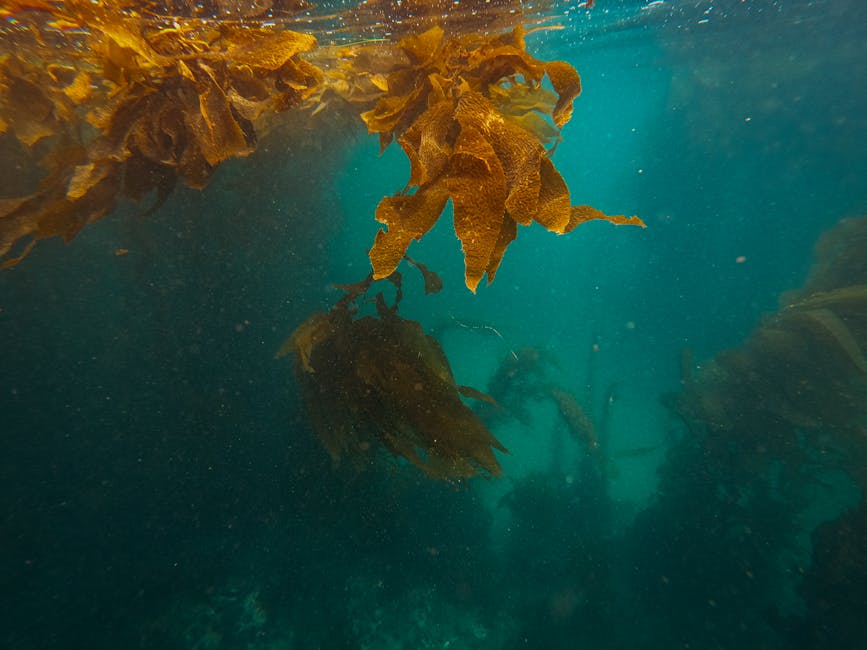-
Aggressive Sea Lion Behavior: Normally non-aggressive sea lions along the California coast are exhibiting violent behavior, including attacks on humans.
-
Cause: Domoic Acid: This aggression is attributed to domoic acid, a neurotoxin produced by the algae Pseudo-nitzschia during algal blooms.
-
Neurotoxin Effects: Domoic acid affects sea lions’ neural networks, causing stress, muscle spasms, brain damage, and aggression.
-
Food Chain Contamination: The neurotoxin enters the marine food chain, affecting fish and then larger predators like sea lions.
-
Algal Blooms: Algal blooms are triggered by nutrient accumulation due to upwelling (caused by winds intensified by global warming) and effluent release. Runoff from wildfires is also suspected of disturbing marine ecology and contributing to bloom.
-
Human Risk: Domoic acid can be lethal to humans in high concentrations.
-
Ecological Importance: Sea lions are apex predators crucial for marine ecosystem balance and serve as bioindicators of ocean health.
-
Global Threats: Sea lions face threats from climate change, overfishing, and entanglement in marine debris.
-
Conservation Efforts: India collaborates via CMS (Convention on Migratory Species) and enforces marine protected areas. Rehabilitation facilities exist for sea lions affected by algal blooms.
